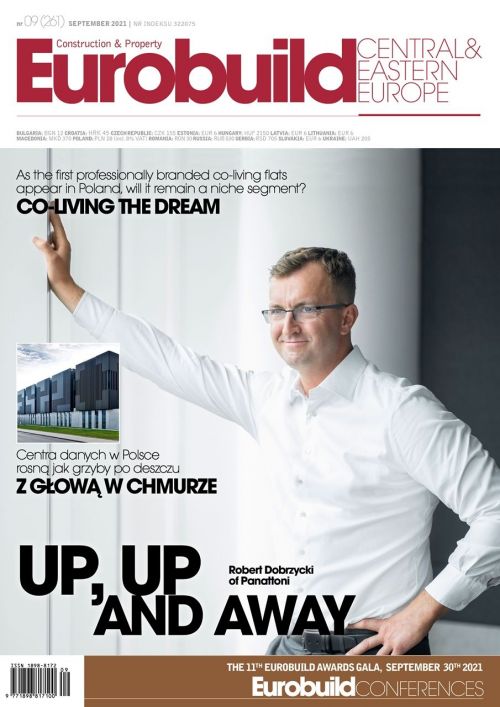What is the state of the Polish construction market? How much impact are the rising prices of materials having?
Maciej Bałabanow, the manager of PFR TFI’s Foreign Expansion Fund: The Polish construction market, especially when it comes to residential development, is at an interesting moment – you can definitely see a lot of demand coming from at least two sources: ‘life’ demand, related to the fact that people are moving to larger, more comfortable apartments. On the other hand, there’s also ‘deposit’ demand – that is, the inflow of funds to the real estate market that had probably previously been held (for example) in bank deposits. With interest rates remaining at virtually zero, real estate investment can still generate returns many times higher than other kinds. We should also remember that Poland still has limited housing resources compared to the rest of the EU. We have about 400 homes per 1,000 inhabitants, while the EU average i































































